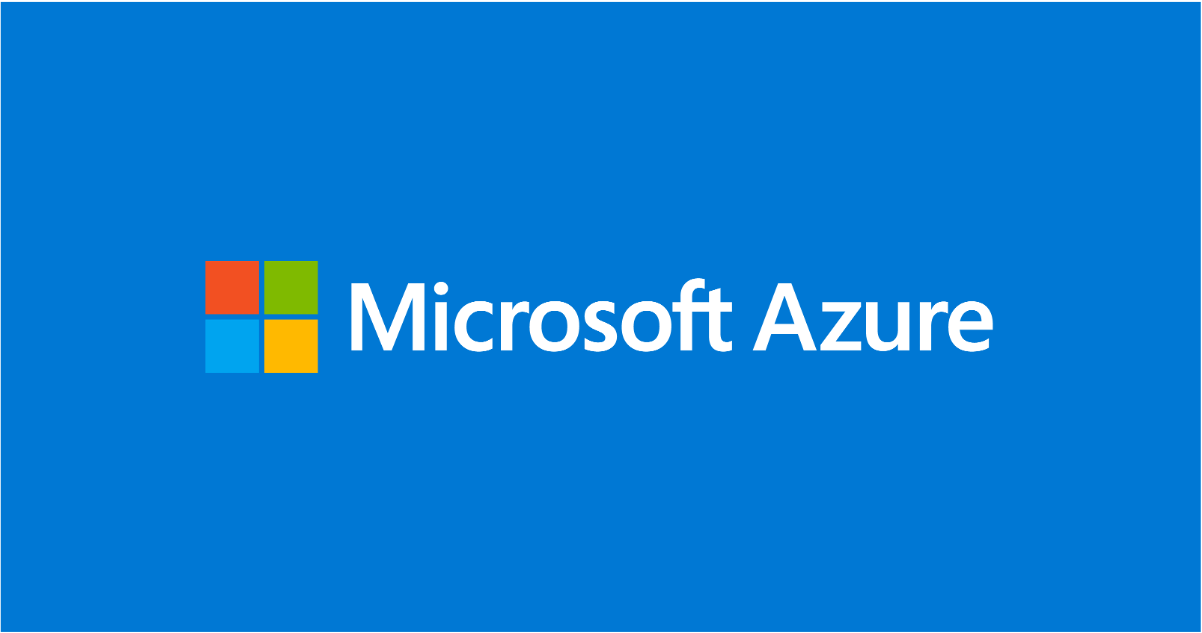Announcing the Public Preview of Azure Change Analysis New Portal Experience

Change Analysis
-
The ability to view changes that are happening on your resources in the Azure Portal
-
Filter between Creates/Updates/Deletes, Subscriptions, Resource Groups, Time Span
-
Group by Subscription, Resource Group, Type, Resource, Change Type, Client Type, Changed By, Operation, Changed By Type and Correlation ID
-
Change Actor: Who made the change and how a change was made
You can try it out by querying the “resourcechanges” or “resourcecontainerchanges” tables in Azure Resource Graph. You can find more information on what resources are included in Change analysis here Supported Azure Resource Manager resource types - Azure Resource Graph | Microsoft Learn
-
virtualmachines
-
virtualmachinescalesets
-
publicipaddresses
-
disks
-
networkinterfaces
- If you have any questions or want to provide direct input, you can reach out to us at (argchange@microsoft.com)
- Share Product feedback and ideas with us at Azure Governance · Community
Published on:
Learn moreRelated posts
Customizing Copilot Agent appearance in Power Pages - Christmas edition
With the holidays upon us, I wanted the last article of the year to be light and on theme for Christmas. And what better way to do that than b...
Azure Boards integration with GitHub Copilot
A few months ago we introduced the Azure Boards integration with GitHub Copilot in private preview. The goal was simple: allow teams to take a...
Microsoft Dataverse – Monitor batch workloads with Azure Monitor Application Insights
We are announcing the ability to monitor batch workload telemetry in Azure Monitor Application Insights for finance and operations apps in Mic...
Copilot Studio: Connect An Azure SQL Database As Knowledge
Copilot Studio can connect to an Azure SQL database and use its structured data as ... The post Copilot Studio: Connect An Azure SQL Database ...
Retirement of Global Personal Access Tokens in Azure DevOps
In the new year, we’ll be retiring the Global Personal Access Token (PAT) type in Azure DevOps. Global PATs allow users to authenticate across...
Azure Cosmos DB vNext Emulator: Query and Observability Enhancements
The Azure Cosmos DB Linux-based vNext emulator (preview) is a local version of the Azure Cosmos DB service that runs as a Docker container on ...
Azure Cosmos DB : Becoming a Search-Native Database
For years, “Database” and “Search systems” (think Elastic Search) lived in separate worlds. While both Databases and Search Systems oper...